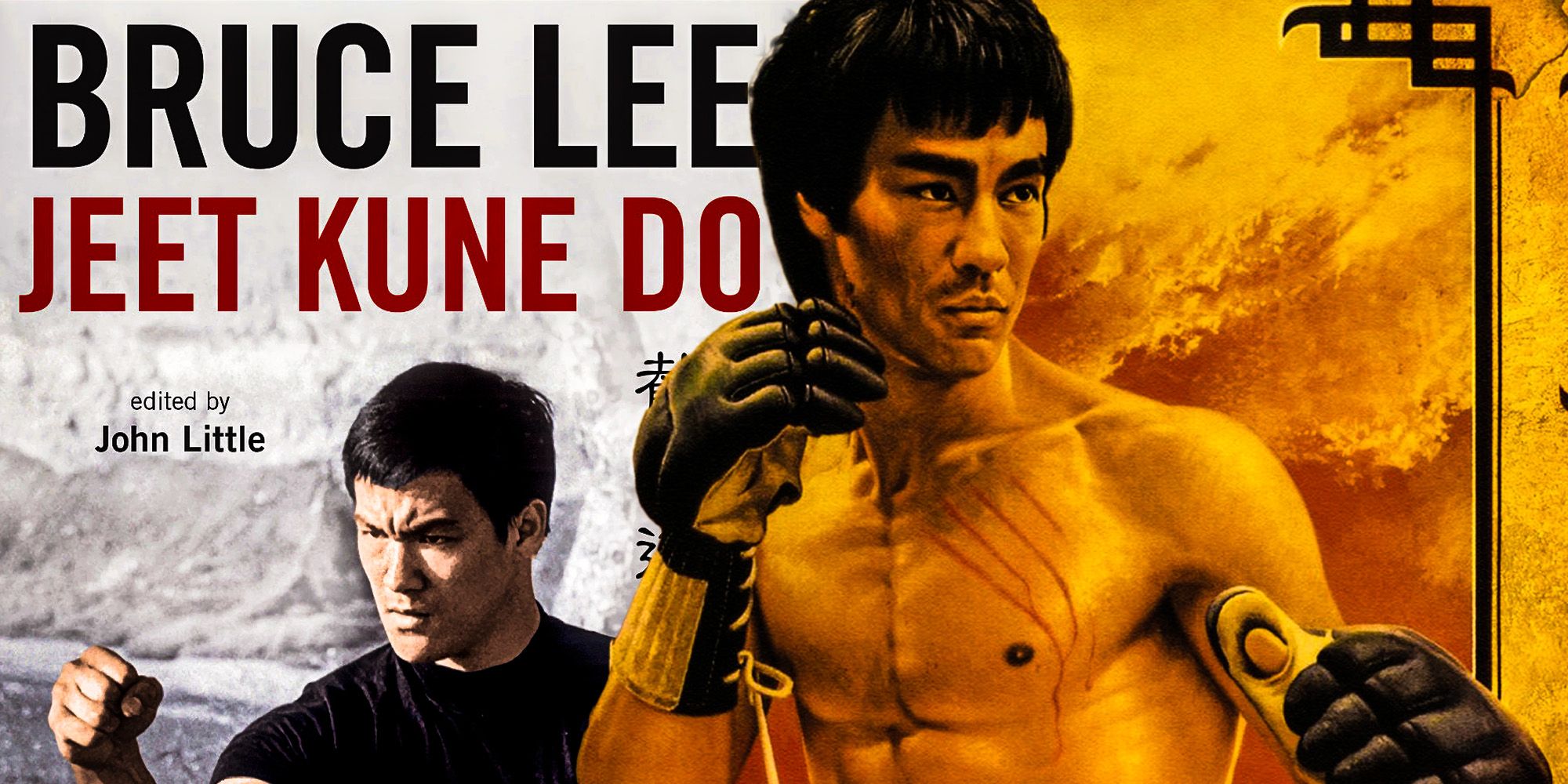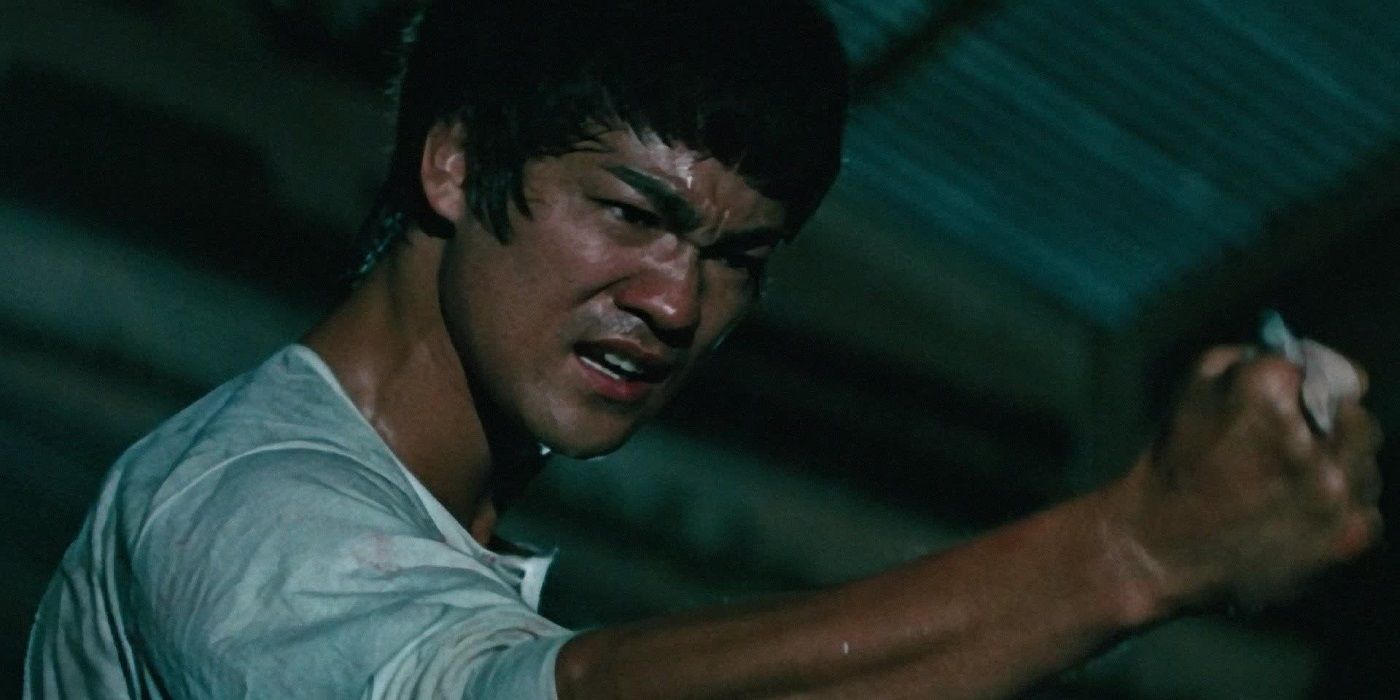In the 1960s, Bruce Lee created his own style of Kung Fu called Jeet Kune Do, or “The Way of the Intercepting Fist”, and there's a significant reason why he established his own style. Jeet Kune Do is distinctly different from other forms of Kung Fu. Lee opened martial arts schools and taught his ideas to a number of students willing to learn, including Hollywood stars like Steve McQueen and James Coburn.
Primarily, Lee’s martial arts background was the Wing Chun style of Kung Fu. Due to constant fights with bullies, a teenage Lee was taken under the wing of Wing Chun grandmaster Ip Man (who was famously brought to the big screen by Donnie Yen in four Ip Man movies). Under Ip Man’s tutelage, Lee developed into an accomplished Wing Chun practitioner and trained in the style for several years. Some time after making the move to the United States, Lee became determined to use his martial arts knowledge and experience to teach others. But instead of spreading the principles of Wing Chun, Lee established and taught Jeet Kune Do.
Bruce Lee’s desire to create Jeet Kune Do grew from a combination of ideas he had about martial arts as well as a number of issues he took with traditional Kung Fu. After facing some difficulties in a fight Bruce Lee had with Kung Fu expert Wong Jack Man, Lee came to realize that there were some key flaws in the way he was fighting. This led to Lee deciding that Wing Chun and other traditional Kung Fu styles were not suitable for street fighting. That’s why Lee sought to come up with a more practical way of taking down an opponent.
Lee felt that the reason most forms of Kung Fu don’t work was related to their strict and rigid nature. Styles like those of the Five Animals, Southern Praying Mantis, Taijiquan, White Crane, and more are built on particular stances, moves, and hand positions. Lee considered this to be a problematic approach because it limited the practitioner in terms of how he could respond to an attack. Lee believed that a fighter could do better if they opened themselves up to different ideas, and this was in stark contrast to how the majority of Kung Fu schools operated.
This principle is based on the same concept expressed in Bruce Lee’s “be like water” quote. Lee designed Jeet Kune Do – which is more of a martial arts philosophy than it is a style – so that its practitioners would be able to adapt to their opponents and counter any attack. Lee encouraged students to use all sorts of moves when defending themselves, even if they came from outside of Kung Fu. Lee himself picked up ideas from observing boxer Muhammad Ali and training with karate world champion Chuck Norris. He then incorporated them into his fighting style. Today, Bruce Lee's Jeet Kune Do lives on and is still taught by martial artists all over the world.


